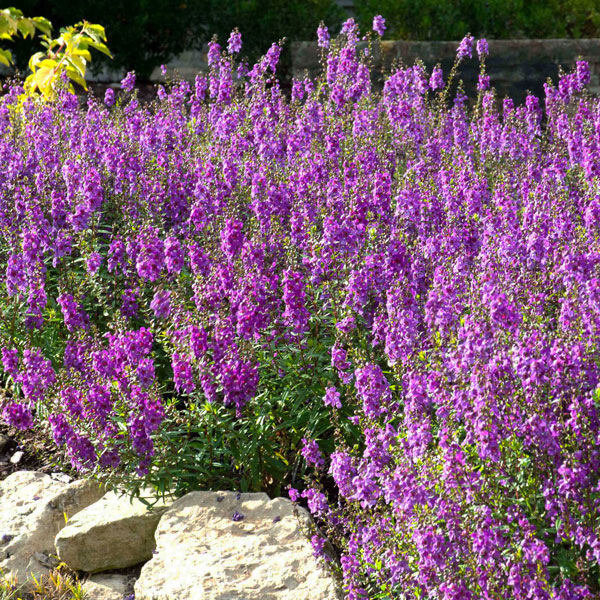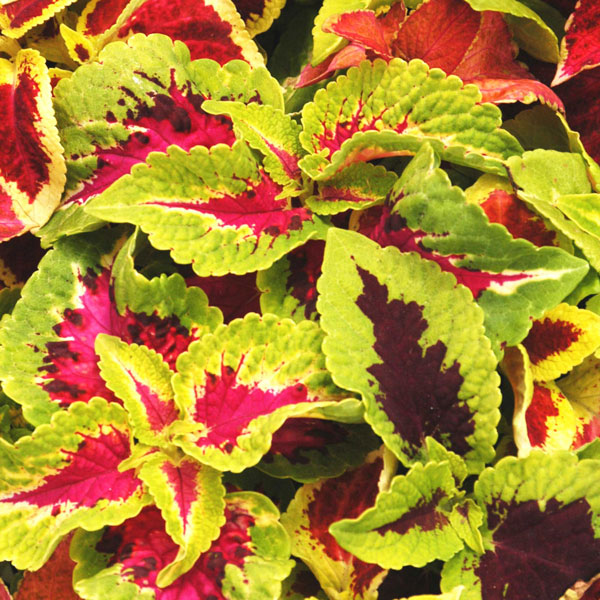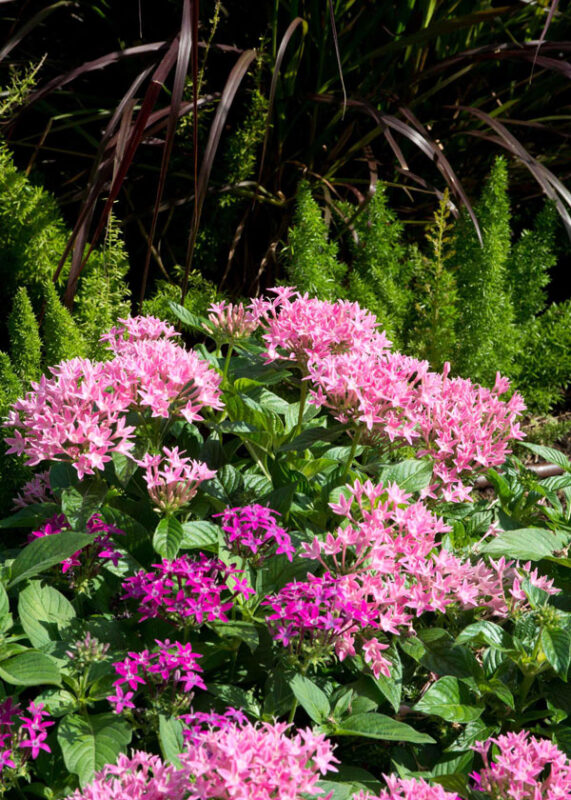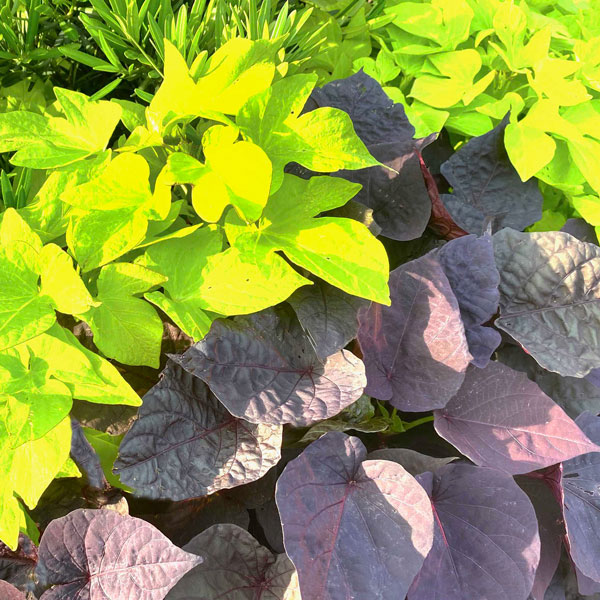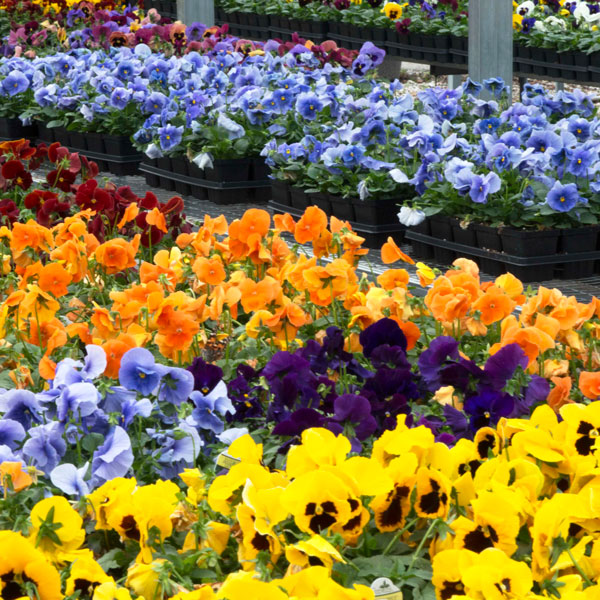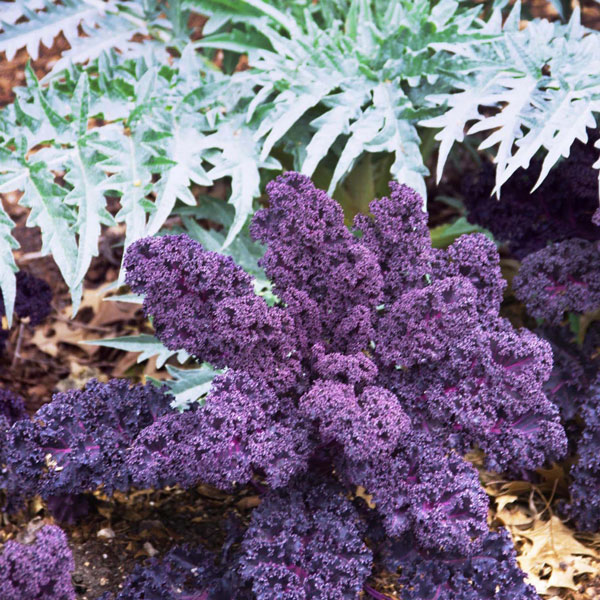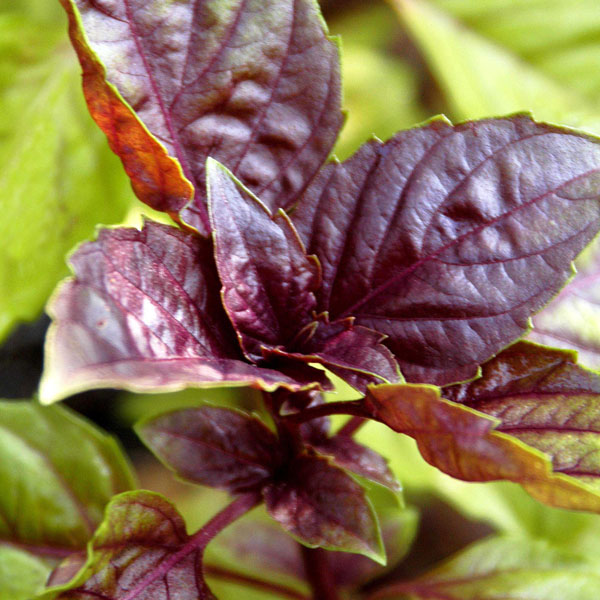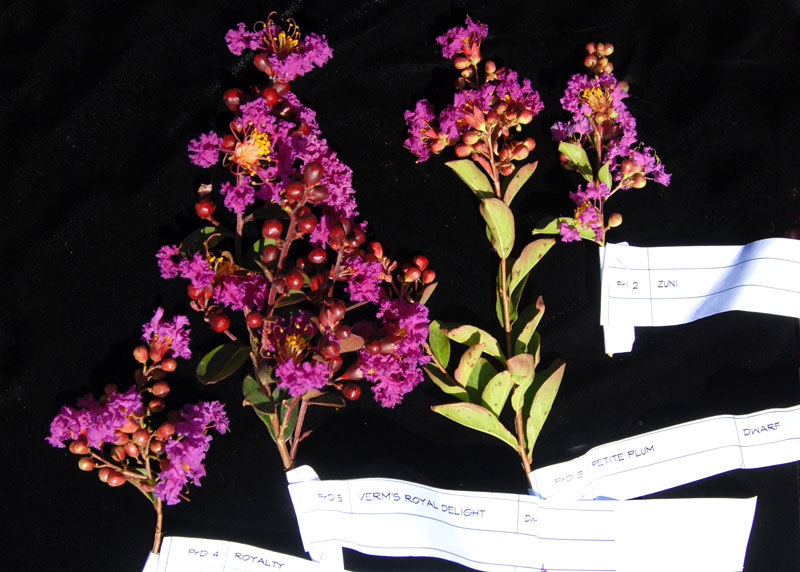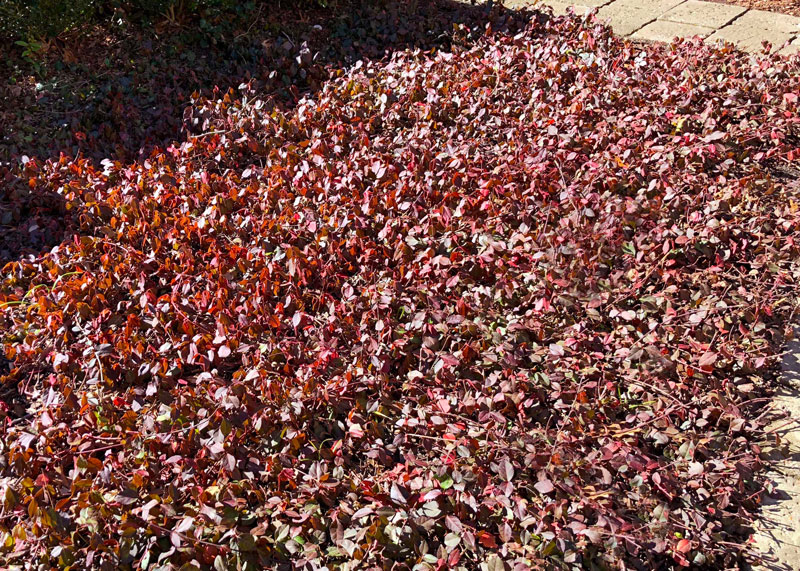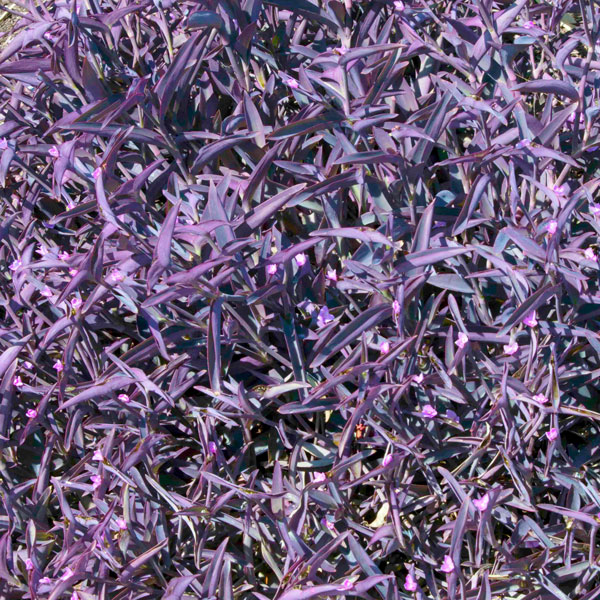Passionate for purple
When I was a teenaged boy, you wouldn’t have caught me dead writing about purple plants. It had to be bright red, screaming orange, or sunshine yellow. I grew up in College Station, so I guess you could have smuggled maroon into my story line, but purple would have been tossed out into the compost.
Jump ahead a few years and I’m here to tell you: purple is a fabulous color for Texas landscaping. It’s cooling for the summertime. It blends well with any other color. Those are reasons I prefer purple.
The best way I can prove my point will be to list a few of my favorite purple plants and let you see for yourself. I’ll tell you just a tiny bit about each so you can begin to draw your own comparisons.
Click images for larger views.
Angelonias. Hybridizers have brought us types that grow to 12 to 14 in. with spikes of purple (and other colors) blooms.
Coleus. Glorious foliage of many colors. Many have purple shades. The old-fashioned perilla is a sister selection. It reseeds itself freely and is solid purple.
Pentas. These have really come of age, and purple pentas have come of age. They blend well with other purples or with contrasting colors.
Purple fountaingrass. Everyone loves this annual ornamental grass with purple leaves and plumes. Grow it in full sun for most striking results. Tall selections are also available.
Purple ornamental sweet potatoes. We now have a dozen or more types, some bright green and many others compact purple. These are great plants for use in patio pots and hanging baskets. Put them to work in many places in your landscape and patio garden.
Pansies. Of course there are purple pansies! They’re very dark, however, so plant them along the sidewalk or in a large decorative pot that will garner them attention. Otherwise, they might go unseen.
Redbor kale. Here’s a bold, upright kale that can handle all of our cold. It makes a great background plant behind pansies and other winter color, or you can use it as a “thriller” in your patio pots.
Ornamental basil. You can enjoy it in your cooking, and you can enjoy it in your landscape. This is one of those edible plants that’s also beautiful.
And, a couple of others for good measure…
Purple crape myrtles. These are the best of our purple-flowering summertime shrubs. In my photo above, just for comparisons, L to R, Royalty, Velma’s Royal Delight, Petite Plum, and Zuni. Mix in Catawba (not flowering the day I took my photo) and you’d have my five favorite crape myrtles!
Purple wintercreeper euonymus. This is a groundcover, but it handles that task perfectly. It’s deep, emerald green all summer, changing to purplish-maroon with the first freeze of the fall. And it holds that color until temperatures warm in the spring. Lovely groundcover that has really hit the big time in recent years.
Purpleheart. It’s partly perennial, but it grows like a groundcover. Still, it looks like first cousin to wandering Jew (which it is). This is a super-winter-hardy plant that thrives in Texas. And, yes, it does come back from its roots. Use it as a low cover in a bed on its own, or let it be the front plant in a long border.
And that’s my first 11 purple plants. I have another 200, but I’ll save them for some other time. Have fun with your purple plants, and remember Neil gave you permission.

